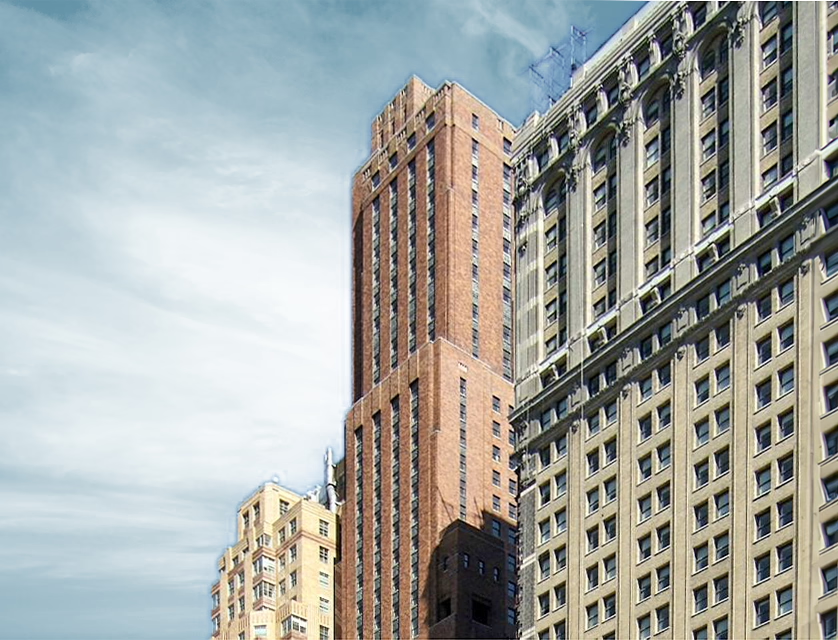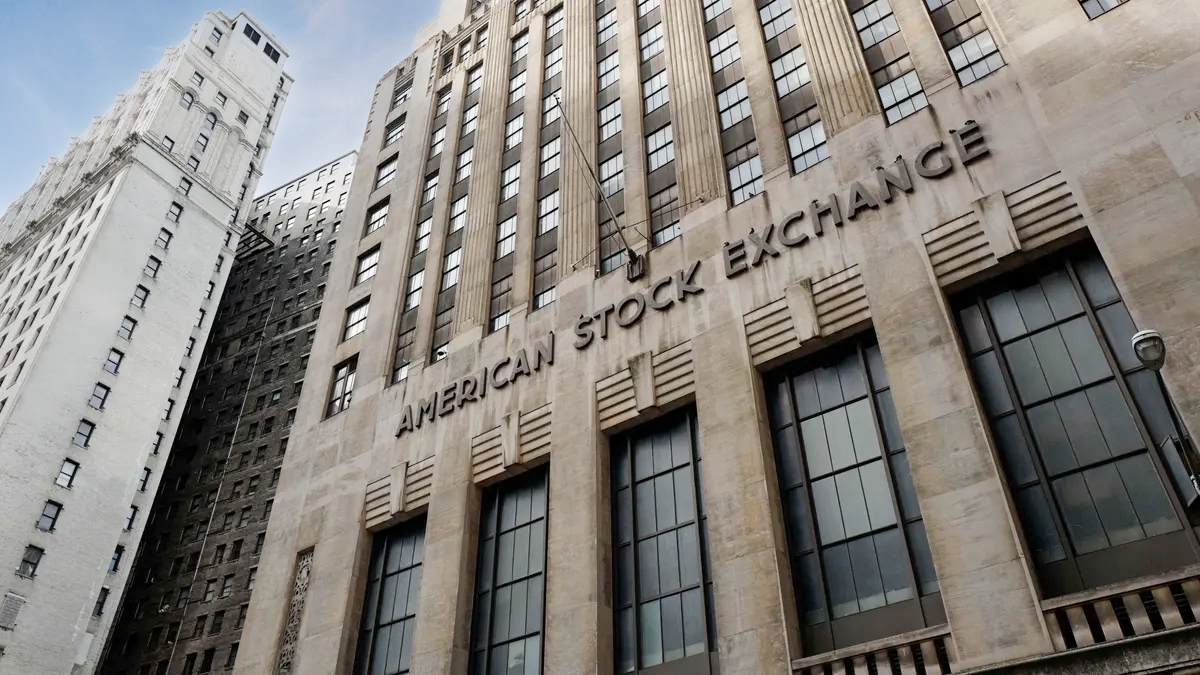Downtown Athletic Club vs American Stock Exchange Building


Comparing the Downtown Athletic Club and the American Stock Exchange Building is particularly interesting because they share the same skyline in New York, NY, and were both designed by Starrett & van Vleck. However, they were completed more than 9 years apart.
This offers a unique perspective on how the architect's style and the city's architecture evolved over time.
Height & Size
The Downtown Athletic Club is clearly the larger tower of the two, both in terms of height and number of floors. It rises to 518ft (158m) with 35 floors above ground, while the American Stock Exchange Building reaches 210ft (64m) with 14 floors above ground.
Of course, each project may have faced different briefs or regulatory constraints, which we don't really know about and could also explain the outcome.
Architectural Style
Both the Downtown Athletic Club and the American Stock Exchange Building were designed in line with the aesthetic conventions of the Art Deco style.
The American Stock Exchange Building was completed when the Art Deco was still an emerging movement, giving it a pioneering role. By contrast, the Downtown Athletic Club came later, when the style was already more established.
Uses
The Downtown Athletic Club is primarily residential, while the American Stock Exchange Building is primarily commercial.
Originally, the Downtown Athletic Club was designed for sports, but over time it was converted to residential. The American Stock Exchange Building by contrast has maintained its original role.
The Downtown Athletic Club offers 283 residential units.
Structure & Facade
Both the Downtown Athletic Club and the American Stock Exchange Building rely on a Frame structural system.
A frame structure uses a grid of columns and beams to carry the building's loads. This frees the walls from structural duties, allowing for flexible floor plans and larger windows.
They also employ the same type of facade, a Masonry facade.
A masonry facade gives the building a heavier, more traditional appearance. It often conceals a frame structure behind it, creating the look of solid walls without carrying the main loads.
| Downtown Athletic Club | American Stock Exchange Building | |
|---|---|---|
| Starrett & van Vleck | Architect | Starrett & van Vleck |
| 1928 | Design Ended | 1920 |
| 1929 | Construction Started | 1920 |
| 1930 | Year Completed | 1921 |
| Art Deco | Architectural Style | Art Deco |
| Residential | Current Use | Commercial |
| 35 | Floors Above Ground | 14 |
| 158 m | Height (m) | 64 m |
| Frame | Structure Type | Frame |
| Steel | Vertical Structure Material | Steel |
| Concrete | Horizontal Structure Material | Concrete |
| No | Facade Structural? | No |
| Bricks | Main Facade Material | Limestone |
| NY | State | NY |
| New York | City | New York |
| 19 West Street | Address | 86 Trinity Place |